Up for review today is the prolific Visionary author Hunter Hammersen‘s final addition to her Knitter’s Curiosity Cabinet trilogy, KCC III:
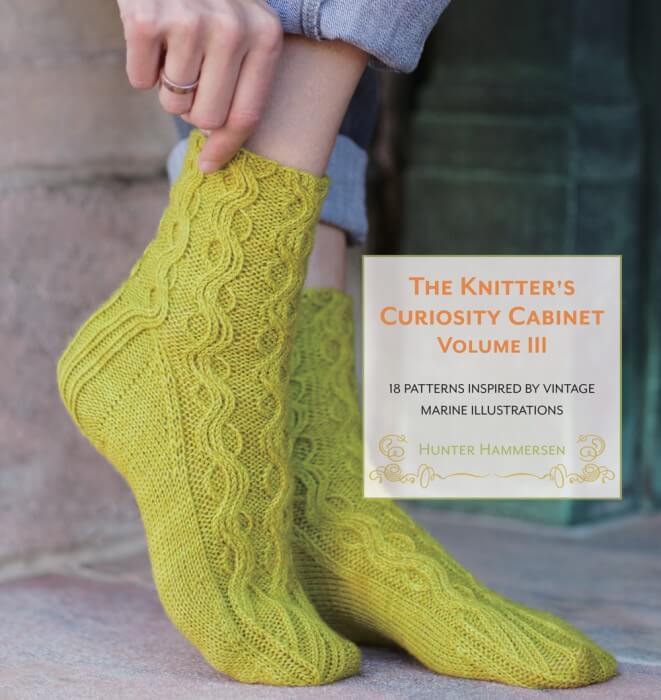
For those of you who may be unfamiliar with either this self-published book series or with Hunter’s prodigious knitting talent, let this be your introduction. I apologize in advance if this sounds like a girl-crush — but in a way it is.
Hunter is the real deal; a multi-talented designer whose intellectual curiosity is surpassed only by her wide-ranging creativity. She’d probably say that her ability to keep her finger on the pulse of our knitting community’s zeitgeist is just a bonus.
Taking its theme from curiosity cabinets (holding collections of the marvels of natural science) and history, the patterns in KCC III are inspired by antique marine illustrations that date back to the 17th and 18th centuries.
Hunter is an inspired sock knitter, and the projects in KCC III showcase that talent. Here are two lovely examples:
Planorbis corneus Sock
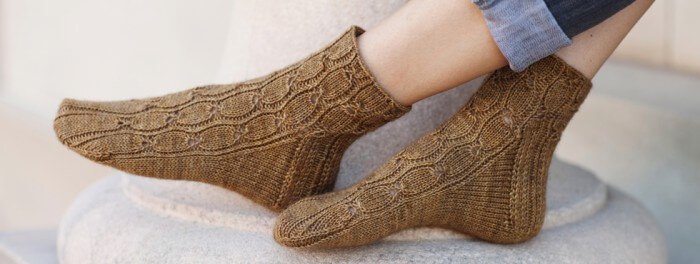
Fucus asparagoides Sock
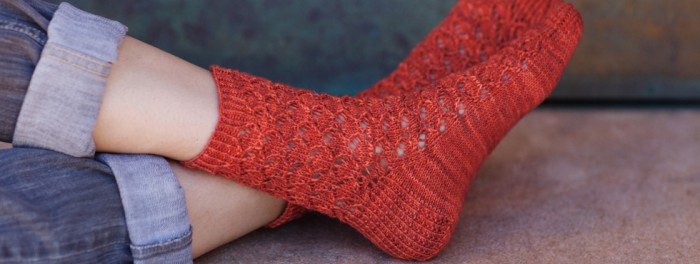
Each sock pattern has a companion project, and these are pretty evenly divided among shawls, hats, and mitts. All are graceful, use only a skein or two of yarn, and are very wearable. Some of my favorites include the delicate Fucus asparagoides Shawl, made from The Plucky Knitter’s Plucky Single:
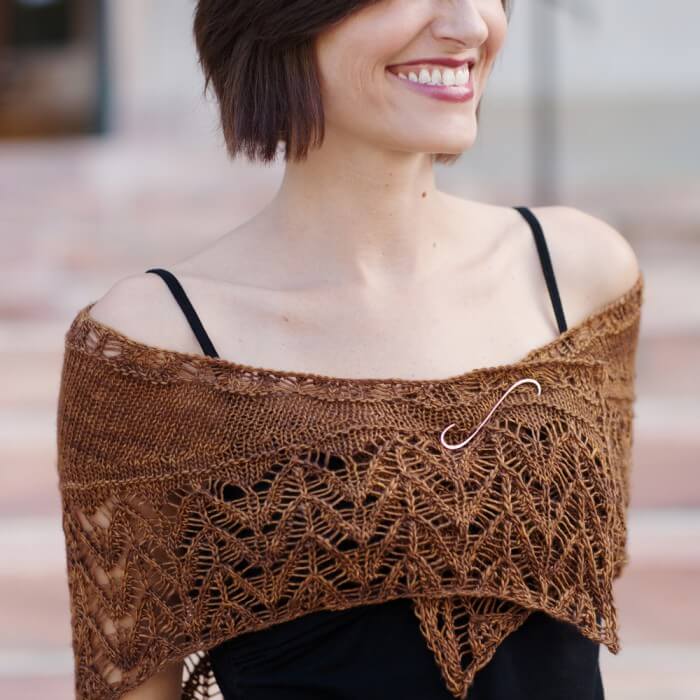
Each one features yarn that seems to have been spun and dyed specifically for that project, so beautifully do fiber and end product work together.
PELAGIA NOCTILUCA Hat
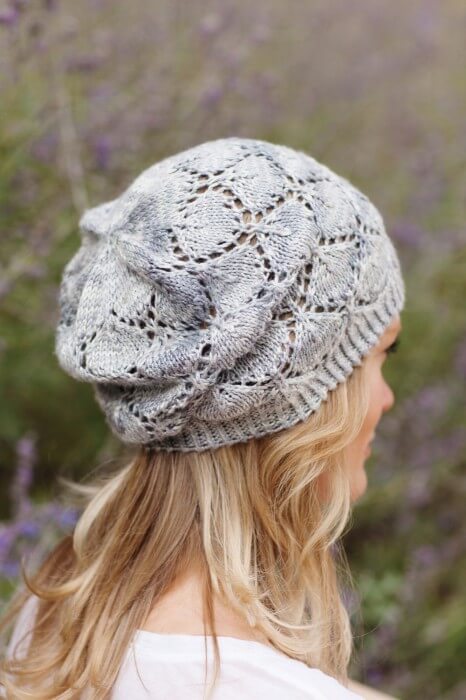
In addition to the projects themselves is ample evidence of Hunter’s affinity for History with a capital ‘H.’ She shares the history of curiosity cabinets as a cultural trend, describing the artifacts people collected in them hundreds of years ago, and weaves a seamless, fascinating tie-in with the knitting.
Zostera marina mitt
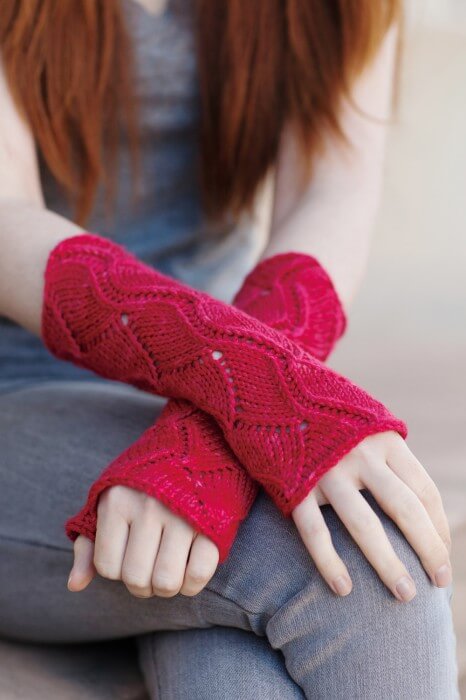
Hunter is a staunch proponent of charted directions for lace, cables, and the like. In fact, there are no written row-by-row instructions for the projects in KCC III. But she facilitates the user-friendliness of her charts – and every pattern in the book includes at least one – with detailed stitch keys and careful explanations of every stitch that might give the chart-phobic knitter pause.
I’ve heard that knitters challenge themselves to get comfortable using charts specifically so they can make Hunter’s patterns, and having seen the effort she makes to keep them accessible, I’m not surprised.
Limneus stagnalis cowl
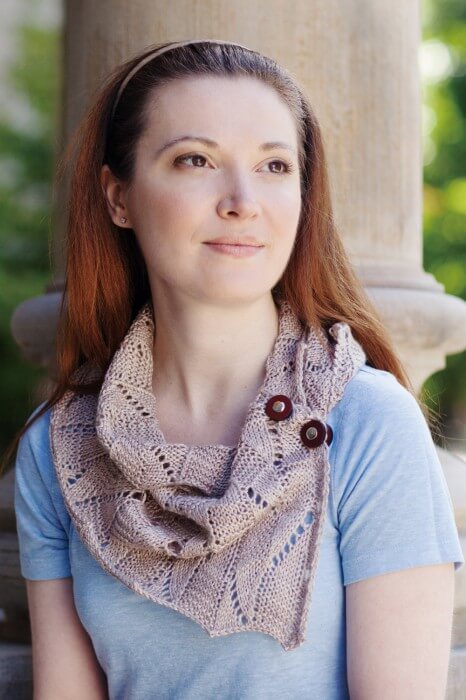
I’d be remiss if I didn’t talk a bit about production values here. Hunter’s books are, without exception, right at home on the knitter’s bookshelf next to any volume from a major mainstream publisher. In terms of layout and design, photography, and styling, her books are generally more attractive than those from some of the major craft book publishers.
Even details such as paper quality, and whether the cover has a glossy or matte finish, do not go unconsidered. The end results are beautiful, substantial, and uncompromising. All attest to the effort Hunter expends to ensure the quality of her ‘product,’ and make them worth every penny.
Serpula contortuplicata mitt
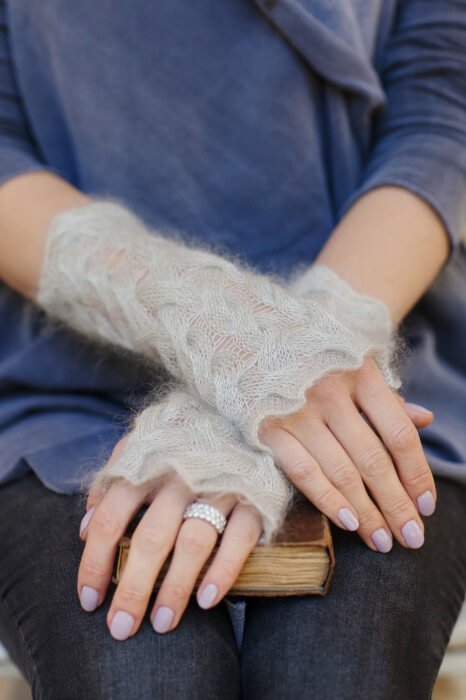
For the accessory knitter looking for whimsical but wearable projects, for the history and science buff, and for the aesthete who revels in pure beauty for its own sake, The Knitter’s Curiosity Cabinet III is a gorgeous capstone to the 3-volume set.
Padina pavonia Sock
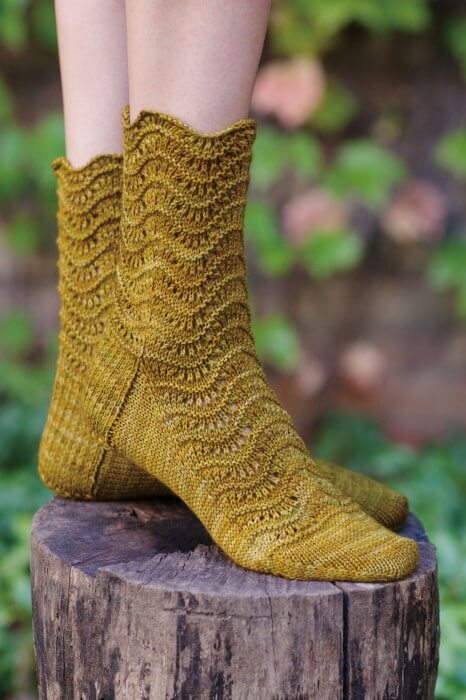
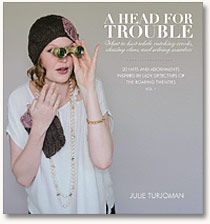
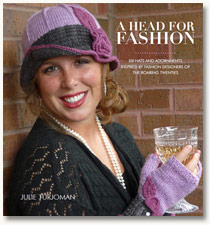

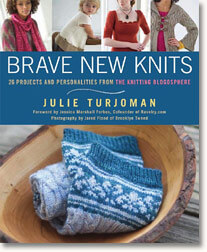
Comments welcome